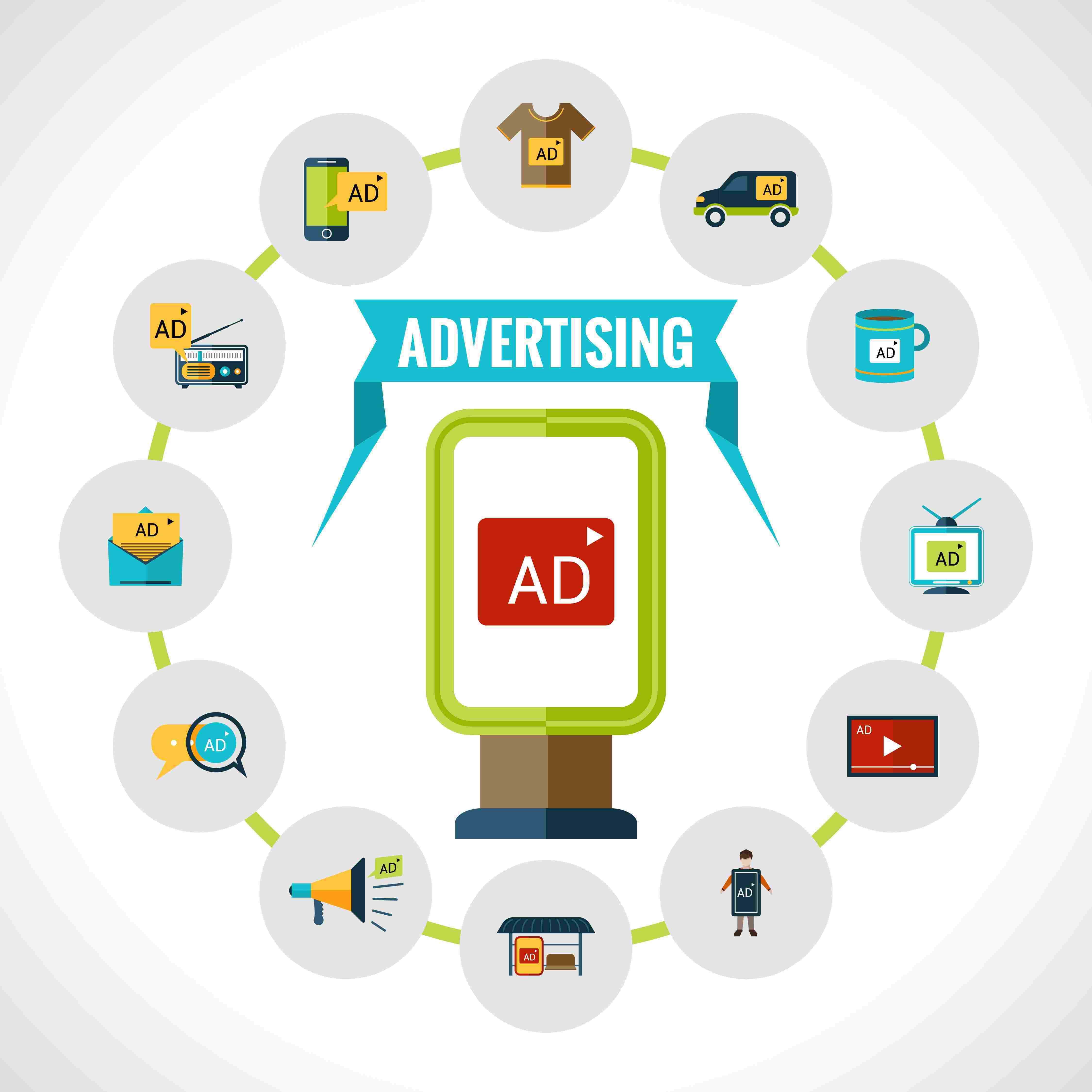Introduction
In the dynamic landscape of product advertising, businesses face a myriad of challenges, and navigating the regulatory landscape is chief among them. As the digital realm expands, so do the rules and regulations governing how products are marketed. In this comprehensive guide, we’ll delve into the intricacies of regulatory challenges in product advertising, offering insights and strategies to help businesses navigate these often complex waters.
Table of Contents
Understanding the Regulatory Landscape
Before we explore the challenges, it’s crucial to grasp the vast and evolving regulatory landscape that governs product advertising. Regulations can vary across industries, regions, and platforms, making it imperative for businesses to stay informed. Agencies such as the Federal Trade Commission (FTC) in the United States and the Advertising Standards Authority (ASA) in the United Kingdom play pivotal roles in setting and enforcing advertising guidelines. Global businesses must also contend with regional bodies and international standards, adding an extra layer of complexity.
The Challenge of Truth in Product Advertising

One of the fundamental principles of advertising regulation is the requirement for truthfulness. Misleading claims, false testimonials, and deceptive imagery can lead to severe consequences. We’ll explore common pitfalls businesses encounter in ensuring their advertising is truthful and transparent. Case studies of companies facing regulatory scrutiny due to misleading advertisements serve as cautionary tales for businesses aiming to maintain trust with their consumers.
Navigating the Digital Space: Influencers and Endorsements
As social media and influencer marketing continue to shape the advertising landscape, new challenges emerge. The line between genuine endorsements and paid promotions blurs, leading to increased scrutiny from regulatory bodies. We’ll discuss the importance of transparency in influencer partnerships and strategies to ensure compliance. Examining recent cases of influencer marketing gone awry, we’ll extract valuable lessons for businesses seeking to leverage this powerful advertising channel responsibly.
Privacy Concerns in Targeted Advertising

In the era of big data, targeted advertising has become a cornerstone of many marketing strategies. However, it brings forth significant privacy concerns. We’ll delve into the regulatory frameworks, such as the General Data Protection Regulation (GDPR) and the California Consumer Privacy Act (CCPA), that govern the collection and use of personal data for advertising purposes. Practical tips for businesses to align their targeted advertising practices with privacy regulations will be explored.
Regulatory Challenges in Health and Wellness Advertising

The health and wellness industry faces unique advertising challenges, given the potential impact on consumer well-being. We’ll examine regulations surrounding claims about health benefits, dietary supplements, and weight loss products. Case studies of companies facing legal repercussions for misleading health-related advertisements will provide valuable insights into the importance of compliance in this sensitive sector.
Ethical Considerations: Beyond Legal Compliance
While regulations set the baseline for acceptable advertising practices, ethical considerations go beyond legal compliance. We’ll explore how businesses can uphold ethical standards in their advertising, fostering a positive brand image and long-term customer loyalty. Real-world examples of companies successfully navigating ethical challenges will serve as inspiration for businesses aiming to build a sustainable and socially responsible advertising strategy.
Adapting to Regulatory Changes and Updates
Regulations are not static; they evolve to address emerging issues and technological advancements. We’ll discuss strategies for businesses to stay agile in the face of regulatory changes, emphasizing the importance of ongoing education and legal counsel. Insights from industry experts and legal professionals will shed light on best practices for adapting to an ever-changing regulatory landscape.
The Role of Technology: Compliance Tools and Automation

In the digital age, technology can be both a challenge and a solution. We’ll explore how businesses can leverage compliance tools and automation to streamline the process of adhering to advertising regulations. From content monitoring to data protection, technology plays a crucial role in mitigating risks and ensuring that advertising campaigns remain in compliance with the latest regulatory standards.
Collaborating with Legal Experts: A Prerequisite for Success
Legal expertise is an invaluable asset when navigating regulatory challenges in product advertising. We’ll discuss the importance of collaborating with legal professionals who specialize in advertising law. Insights from legal experts on common pitfalls and proactive measures will empower businesses to make informed decisions and mitigate the risk of regulatory violations.
Conclusion
In the intricate dance of product advertising, regulatory challenges are unavoidable. However, businesses that approach advertising with a thorough understanding of the regulatory landscape, a commitment to truthfulness, and a proactive stance towards compliance can turn challenges into opportunities. By embracing transparency, adapting to technological advancements, and collaborating with legal experts, businesses can not only navigate regulatory challenges but also build a foundation for trust and credibility in the eyes of consumers and regulatory bodies alike.

